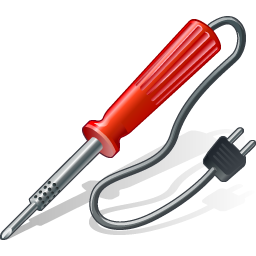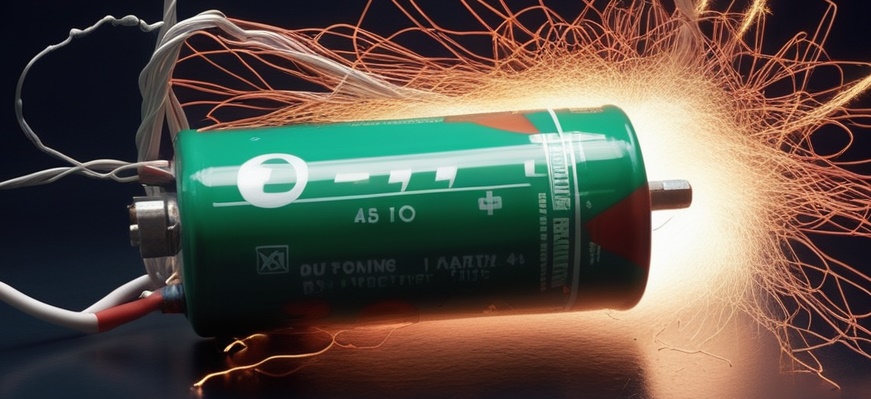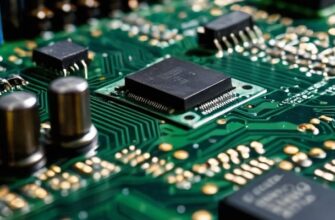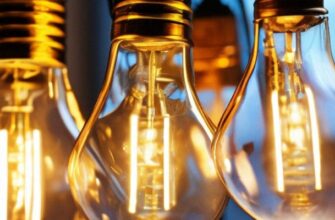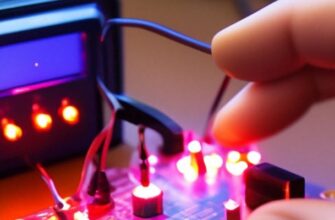In this article we’ll look at the concept of voltage. What it is and why it plays a major role in electronics.
Hydraulic pressure
Let’s look at the water tower in a simplified form. It will look like a cylinder with water inside it.
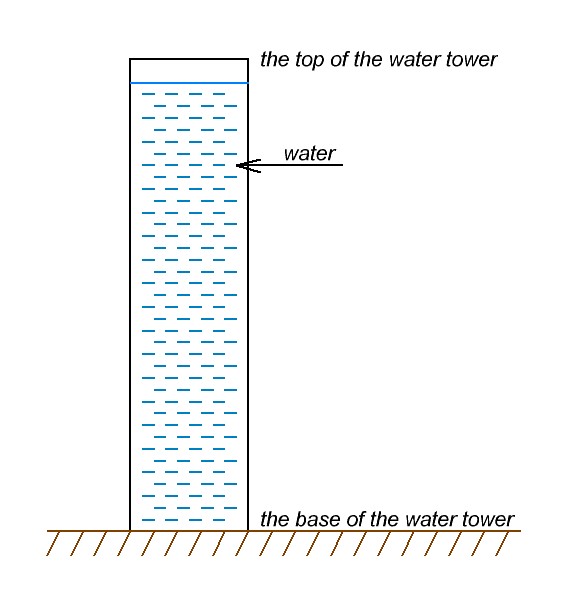
Let’s fill the water tower halfway with water.
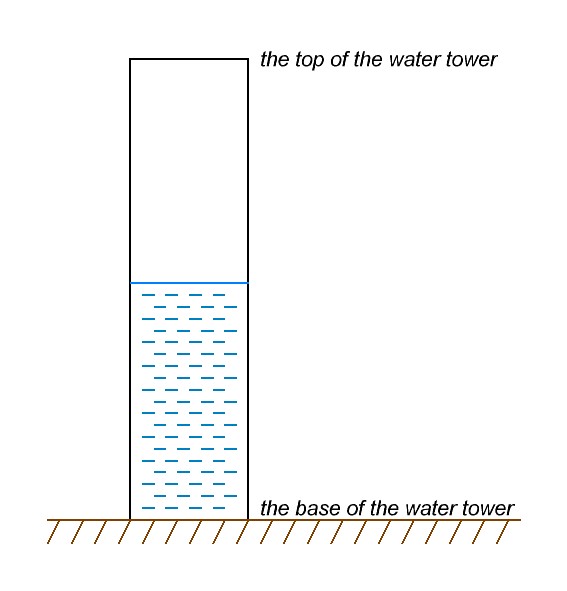
Where will there be more pressure on the bottom of the water tower? A or B?
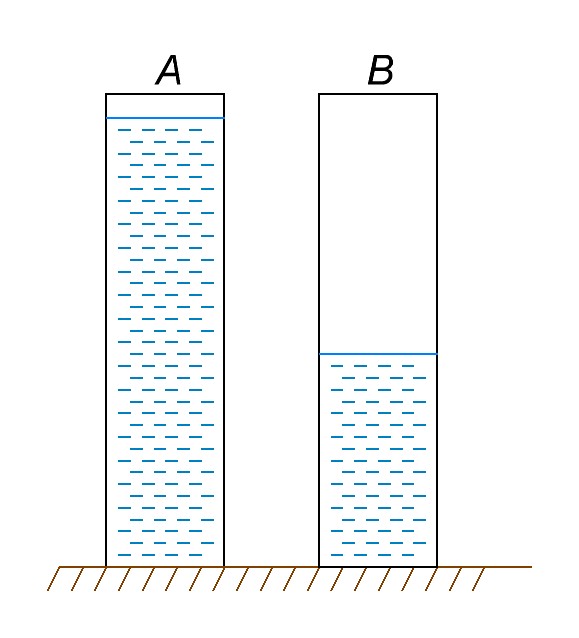
I think It’s A. What can you tell us about these three towers?
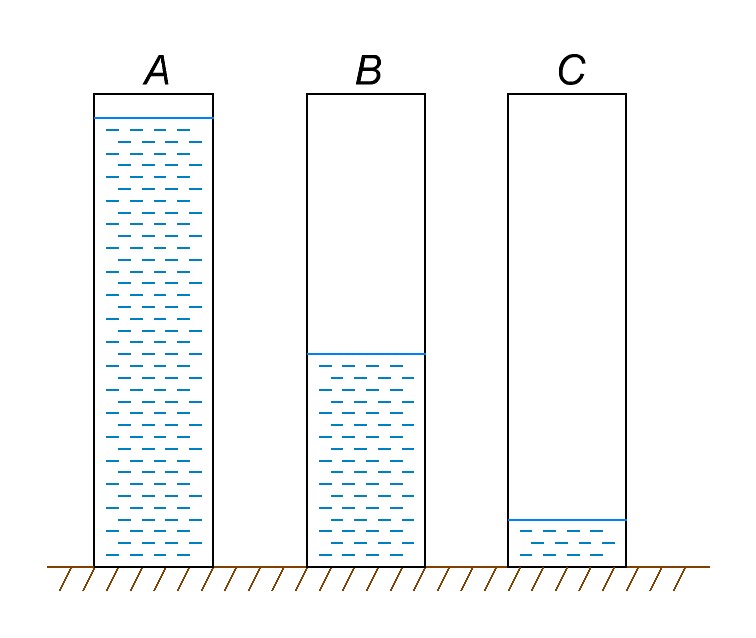
The strongest pressure on the bottom of the A tower. The lowest pressure in tower C. So, the more water in a water tower, the greater the pressure at the bottom of that water tower. I think it’s obvious. But where does the force that presses on the bottom of the tower come from? Gravitational force.
Electrical pressure is voltage
Why did I write so much about hydraulics? We’re kind of studying electronics, right? It’s all about the fact that electronics and hydraulics are closely linked. Both are governed by the same physical laws, only in different fields of science. Roughly speaking, the pressure on the bottom of the water tower or the pressure on the cork that creates the water pump – this is “electrical voltage”. The bottom of the water tower is the starting level, that is, it can be taken as zero. In electronics, zero is taken as a “minus” sign. You can see it on all batteries, rechargeable batteries and DC power supplies.


On the lab power supply we can change the “water level”. This “water level” in electronics is called electrical voltage and is measured in volts.
For example, on my laboratory power supply I can set the voltage to 5 volts.
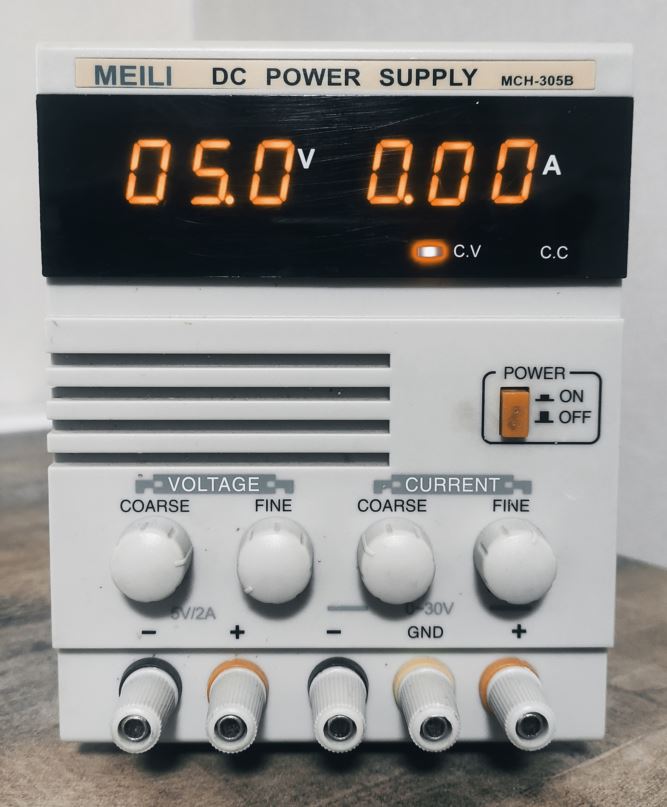
or even 12 volts
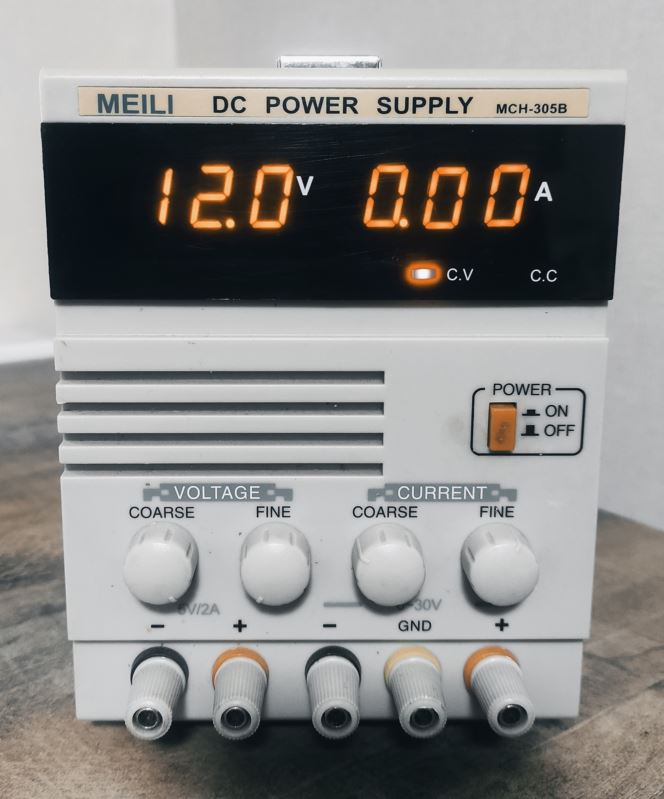
The maximum voltage my power supply supports is 32 volts.
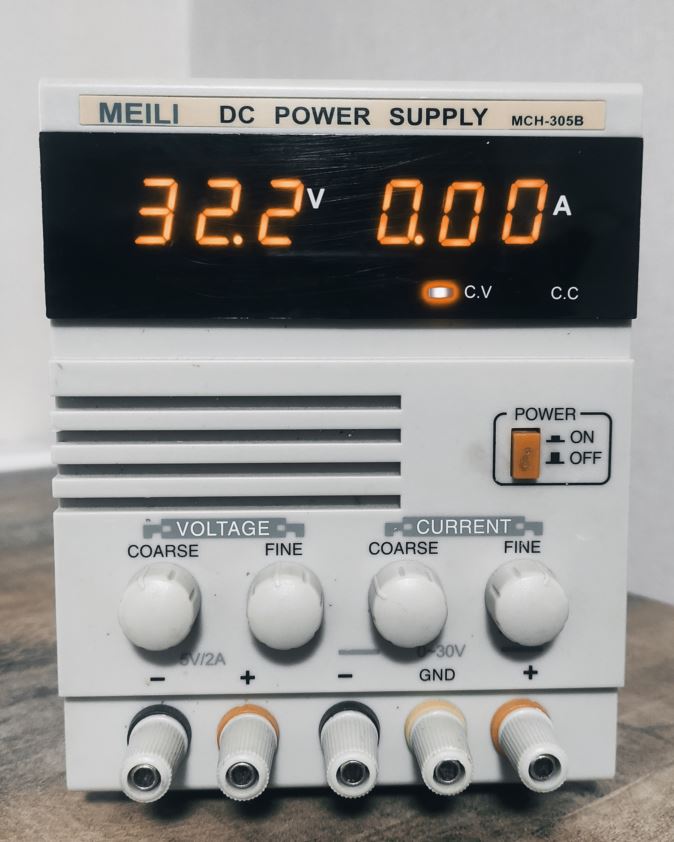
Where can I measure the voltage from the power supply? The voltage is measured between plus and minus.
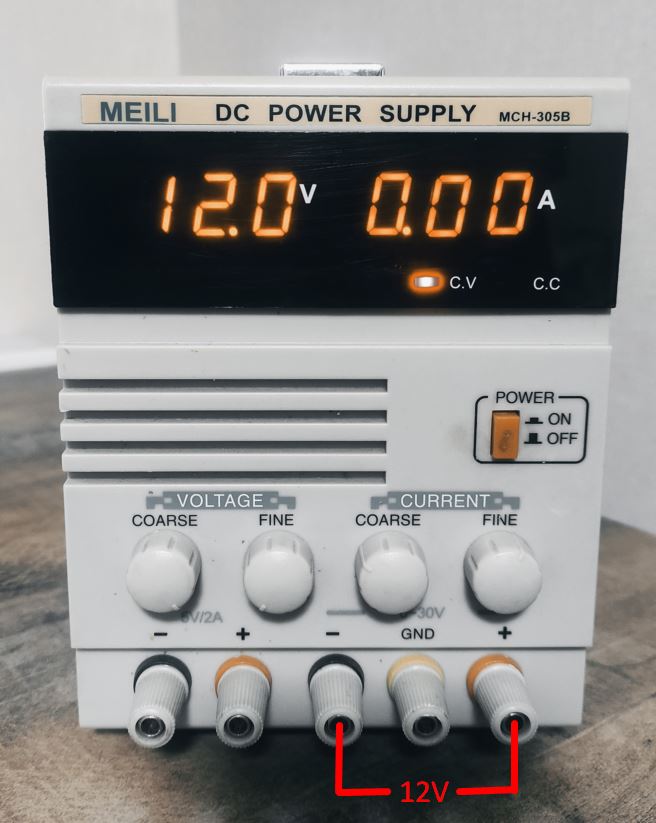
Electric current and voltage, what is the difference
Many people often confuse the terms electric current and voltage. It’s actually quite simple. Let’s picture the water tower again. The water tower is completely filled.
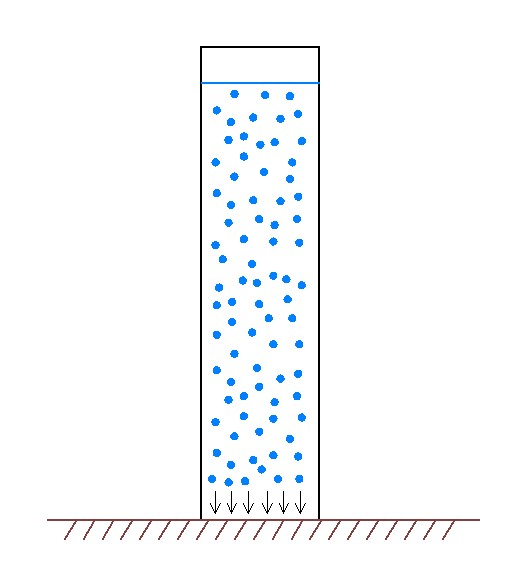
At the bottom of the water tower, water exerts pressure caused by the gravitational force of the earth.
The water molecules are stationary. There is pressure but no movement.
Let’s attach a pipe to the base of our water tower.
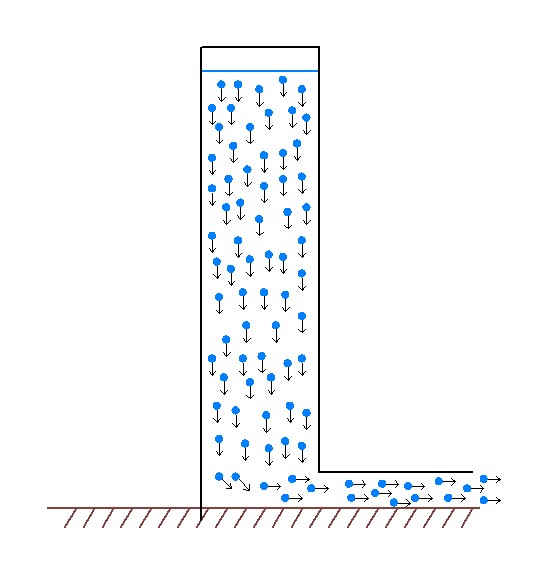
Water molecules flowing in one direction. Can you feel the difference?
In the first case, the water didn’t flow anywhere, but created pressure. In the second case, water rushed in one direction. In the analogy with electronics, in the first case we have electric voltage, and in the second case we have electric current.
Types of voltage
- DC voltage (DC current)
- AC voltage (AC current)
I talked about them in more detail in article electric current.
How to measure voltage
First, we need to know the type of electrical voltage: AC or DC. Then we have to pick up a voltmeter for a certain type of voltage. Let’s look at this as an example.
I have a multimeter that has many different measurement functions.
How to measure AC voltage
The AC voltage (current) sign in the radio electronics industry looks like this:
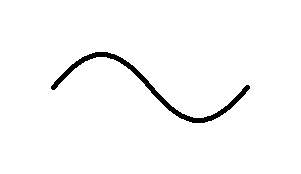
To measure AC voltage, we need to find sign “V=~” . Let’s measure the mains voltage. Since I live in Russia, our mains voltage is about 220 volts. I take my multimeter and put a pointer on “V=~”. Like this:
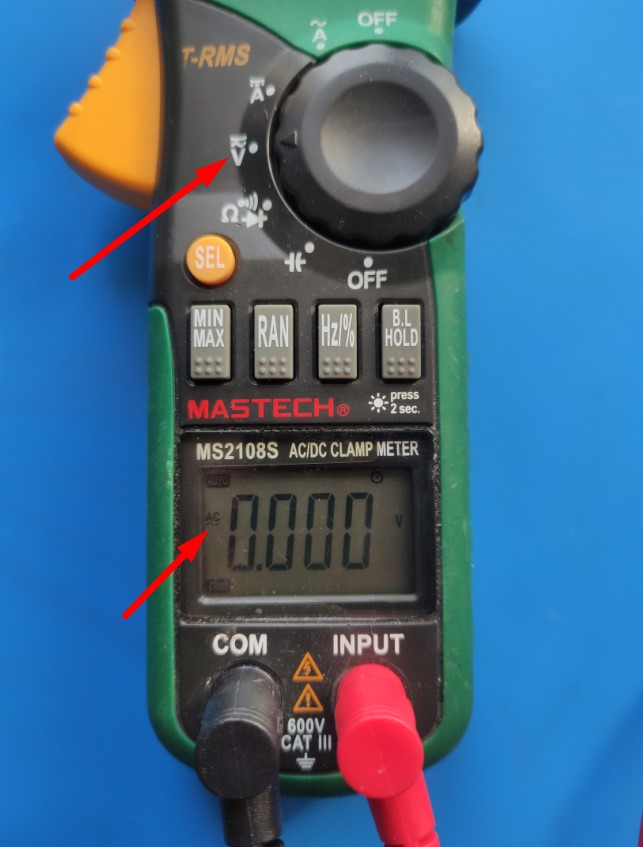
I have the “SEL” key on the multimeter. By pressing it, I make sure that the “~AC” icon is on display. In other multimeters, it could be a completely different key.
We also see here two nests for measuring probes. Black on COM and red on INPUT. COM – common.
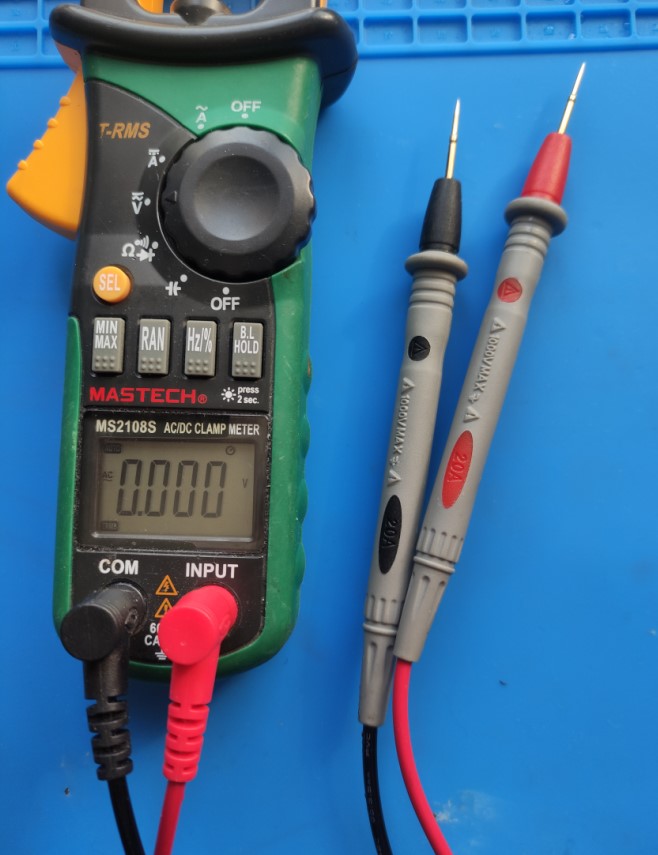
Let’s measure the voltage in our network. For this we take our measuring probes and insert them into the socket.
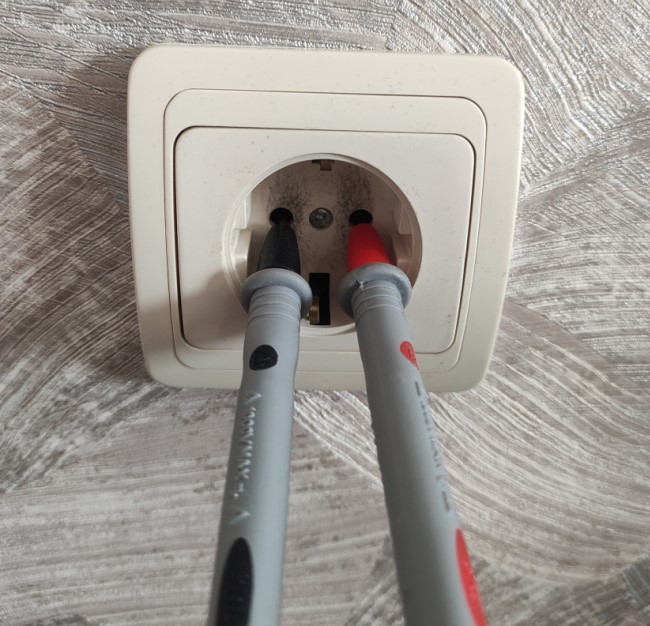
On the display of the multimeter we will see the voltage in our socket. In our case, it’s 227 Volts. A small deviation from the reference 220 volts is considered the norm.
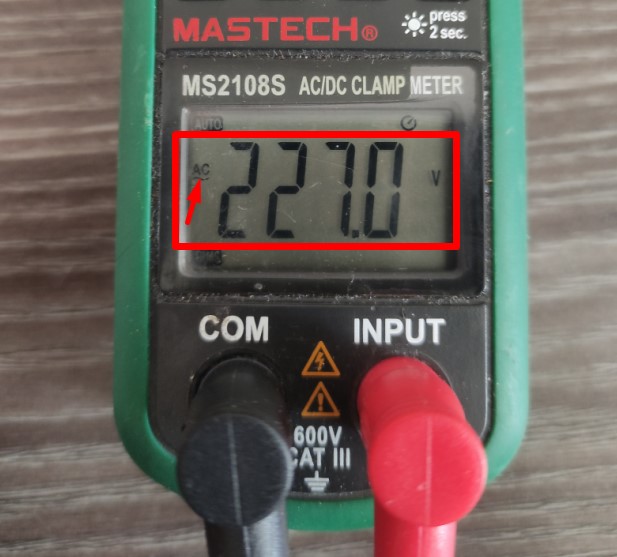
How to measure DC voltage
In order to measure the DC voltage, we have to put a pointer on the ~=V icon. Next, press the mode switch button, in my case it is the “SEL” button and make sure that the display of the multimeter will display the icon “=DC”. Like this:
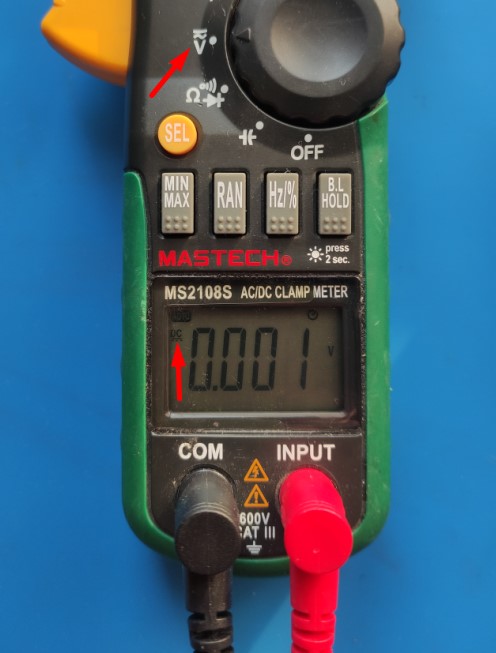
We have a lithium ion battery. Since all the chemical current sources emit DC voltage, let’s measure it.
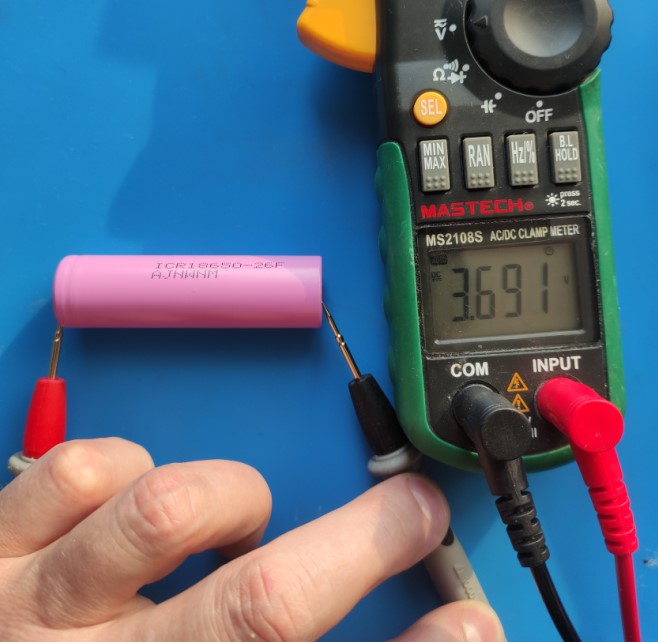
We can also determine the voltage polarity. The red probe is now on the plus side, and the black is on the minus side. So left battery contact is a plus, right contact is a minus.
What would happen if we swapped the probe of the multimeter? The “minus” sign would appear on the display.
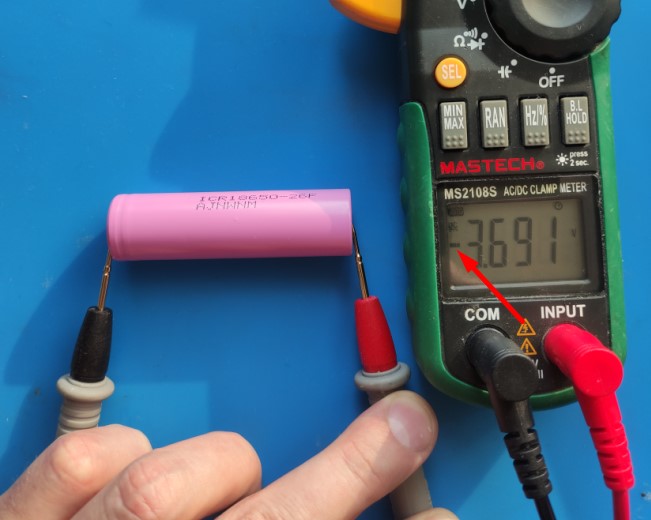
More about the voltage in the video.
